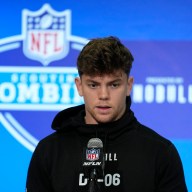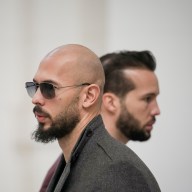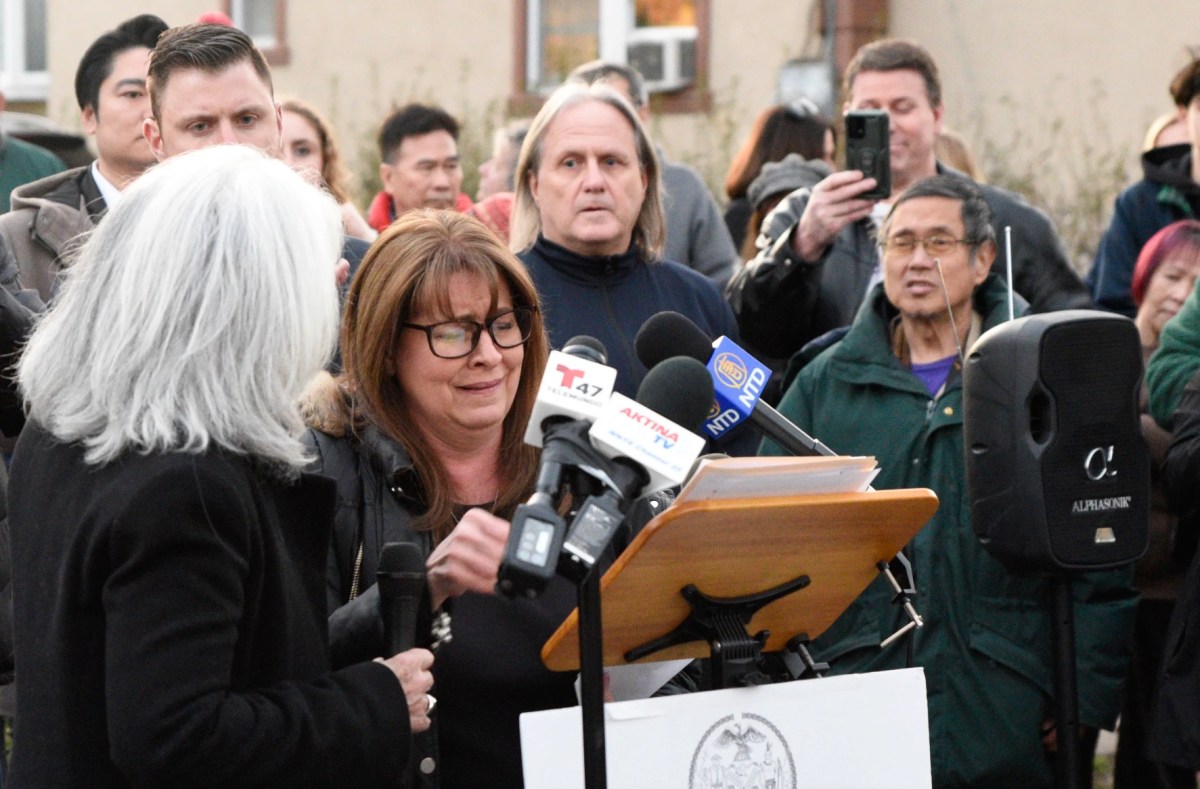If you’re listening to the new album by Brooklyn’s Yeasayer, and you’re second guessing that it’s actually them, you’re not alone.
“We did an interview with Jon Pareles from the New York Times and he said that when he heard The Children he had to make sure he’d burned the CD right,” says multi-instrumentalist Anand Wilder.
Following the relative success the indie band found with the feathery, acoustic jams on their 2007 debut, All Hour Cymbals, Wilder and his bandmates found themselves surrounded by a massive collection of synths in the studio they rented to record the followup. From there, they just improvised.
“The first time around we established this —whether we intended it or not — hippie campfire vibe, this oneness with nature,” Wilder explains. “With this one we wanted to push this oneness with machines … like, what would happen if aliens were picking radio signals from Earth for the last hundred years and had to recreate pop music for a museum exhibit?”
It’s an unorthodox question but also a fairly accurate description of their appropriately titled second album, Odd Blood. The trio used a blueprint based on dance music’s gurgling synths, mechanical polyrhythms and bountiful hooks, leaving the organic feel of their first album behind them.
“I think we were trying to make the whole album full of bangers,” Wilder admits. “I don’t know if we succeeded, but there was this idea to have an album that’s all amazing dance songs. Where if a DJ was spinning and you were like, ‘Oh my god, who is this?’ And he said, ‘It’s the same album!’ We wanted to make songs that would get people dancing.”
Sticking with dance music culture’s relationship with vinyl records, Yeasayer also designed the album to be experienced in two halves. Wilder says the approach was to give the listener options.
“We put these more conventional pop songs towards the beginning of the album so they would butt up against each other; they’re all very epic and distinct sounding,” he says. “And then the second side opens with this long, unbearable intro and then you’re into these short, quick, weird songs.
“I like the idea that you play the first side and you really love all the pop hits, but then you start to get tired of them and you flip it over and you’re like, ‘Wait a second, this side’s a lot more interesting. I like this way more.’”
















